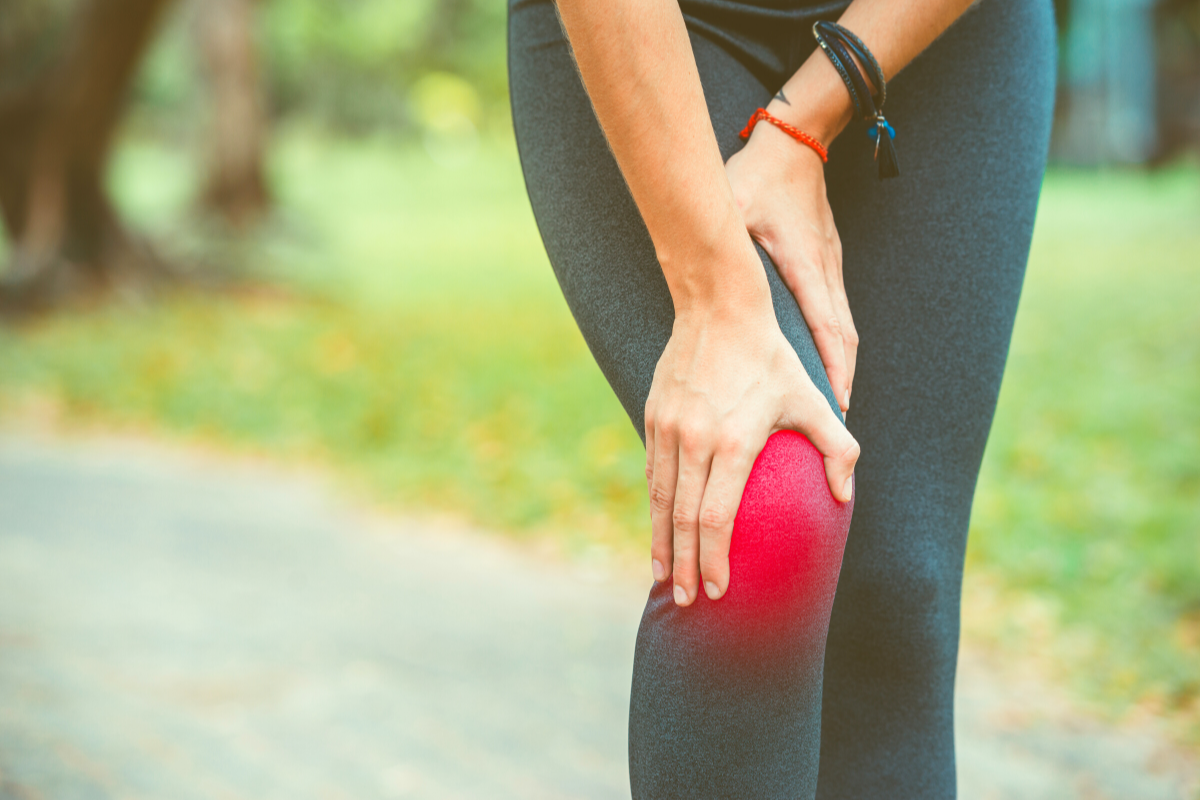Ease Midlife Joint Pain Naturally
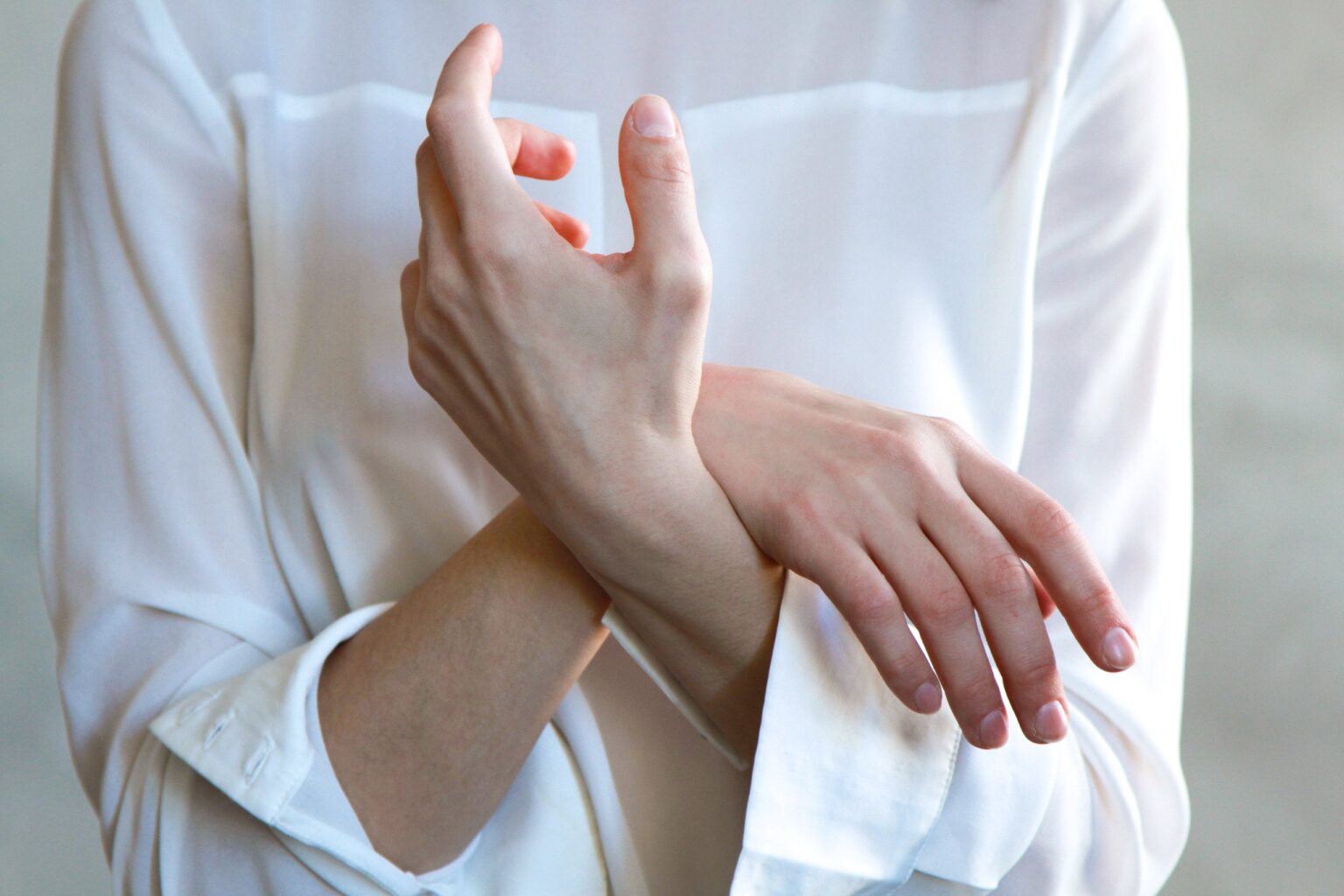
Joint pain is one of the most commonly reported symptoms of menopausal women, especially in the hand, hips, spine, knee, and shoulder. In fact, menopausal women between the ages of 45 and 55 experience the greatest amount of joint pain as compared to premenopausal women.
As you can imagine, having painful joints can make it difficult to engage in and enjoy all of the activities you may be used to, let alone be as mobile as you may like. The good news is that there are things you can try at home that may help alleviate the discomfort of joint pain during and following menopause.
Why do my joints hurt during menopause?
There is no direct evidence that the loss of estrogen during menopause leads to painful joints during menopause. However, when estrogen drops, it can heighten the pain experience. Additionally, hormonal changes make you more susceptible to dehydration, which can cause joint swelling due to uric acid buildup. Estrogen is known to be anti-inflammatory, so when it’s lacking, well, things often start to hurt more.
The research also suggests that joint pain during menopause may be somewhat coincidental, as midlife women are also at a higher risk for inflammatory conditions like osteoarthritis.
You may start to experience stiffness or achiness around the joints, as well as swelling. Sometimes the symptoms are worse in the morning when you wake up and may subside somewhat as the day unfolds. Joint pain is also often made worse by cold temperatures. What’s more, during menopause, old joint-related or musculoskeletal injuries can flare up again.
What can I do about menopausal joint pain?
Switch to low-impact exercise
Hips, knees, hands, shoulders, and fingers are among the most affected by menopausal joint pain. High-impact activities like running, playing tennis, or high-intensity interval training can make the pain in these areas worse. If you’re accustomed to activities like these that may be worsening your joint pain, consider switching to low-impact exercises. For instance, stationary biking, walking, using the elliptical, swimming, or yoga.
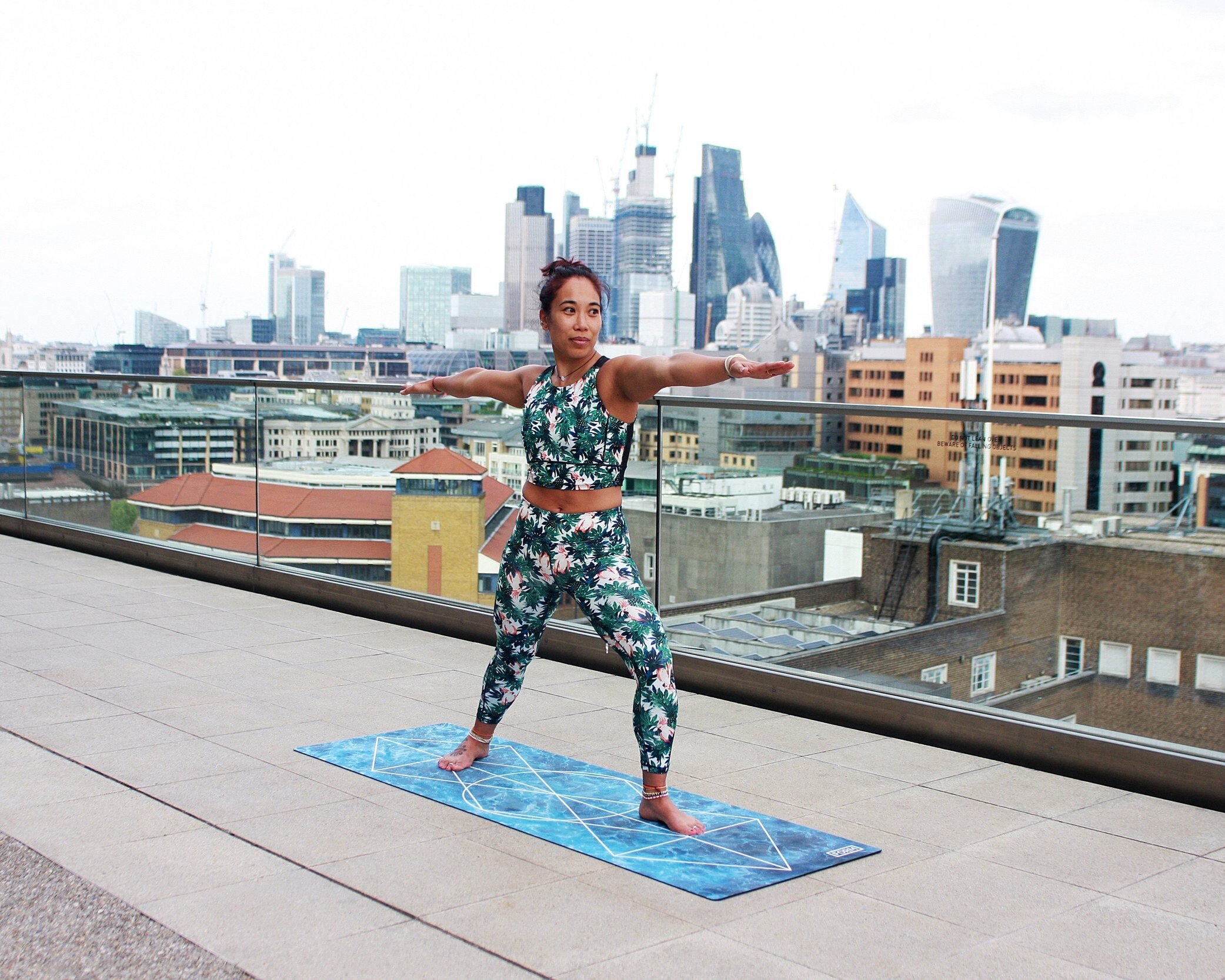
Staying active is a good idea, regardless, as it comes with many health benefits. If you’re overweight or know that you have underlying osteoarthritis, getting regular exercise can be especially beneficial as excess weight can add extra stress to your joints.
Stretch regularly
Stretching can ease joint pain by lubricating the joints and enhancing and maintaining range of motion. A few simple tips can help you stay safe. Warm the muscles up a bit before stretching. After the warm-up, practice dynamic or “active” stretching by mimicking the movements used in the sport or activity you are planning to engage in. Stretch at the end of the workout as well to maintain long-term flexibility.
Improve your diet
A diet high in whole fruits and vegetables is rich in nutrients that can help reduce inflammation, like magnesium. Fruits, vegetables, and legumes (like peas, beans, and lentils) are known to contain phytochemicals that have anti-inflammatory properties. Whole plant foods are also rich in antioxidants, which can work to fight free radicals that cause inflammation in the body. Not to mention, we all know that eating more fruits and vegetables is always a good choice.
Herbs and spices like turmeric, ginger, cinnamon, clove, garlic, and cayenne may also reduce inflammation. This is just one of many health benefits you can derive from flavoring your foods with these ingredients. Try tossing roasted vegetables with turmeric, cumin, and a pinch of cayenne. It makes for a delicious side dish. You can even sneak herbs and spices into your beverages. Turmeric latte anyone?
Reduce or eliminate highly processed foods, refined carbohydrates, and added sugars, as these have been shown to be pro-inflammatory.
Try an elimination diet under the guidance of a functional/integrative medicine provider. You can also follow Whole 30 for six weeks, identifying and eliminating foods that trigger inflammation and joint pain.
Reduce your stress and manage anxiety
When your stress levels are high, your body releases a hormone called cortisol. Unfortunately, cortisol can be pro-inflammatory, which can worsen joint pain. If you’re aware that you experience stress regularly, make it a priority to do things every day that can help manage it.
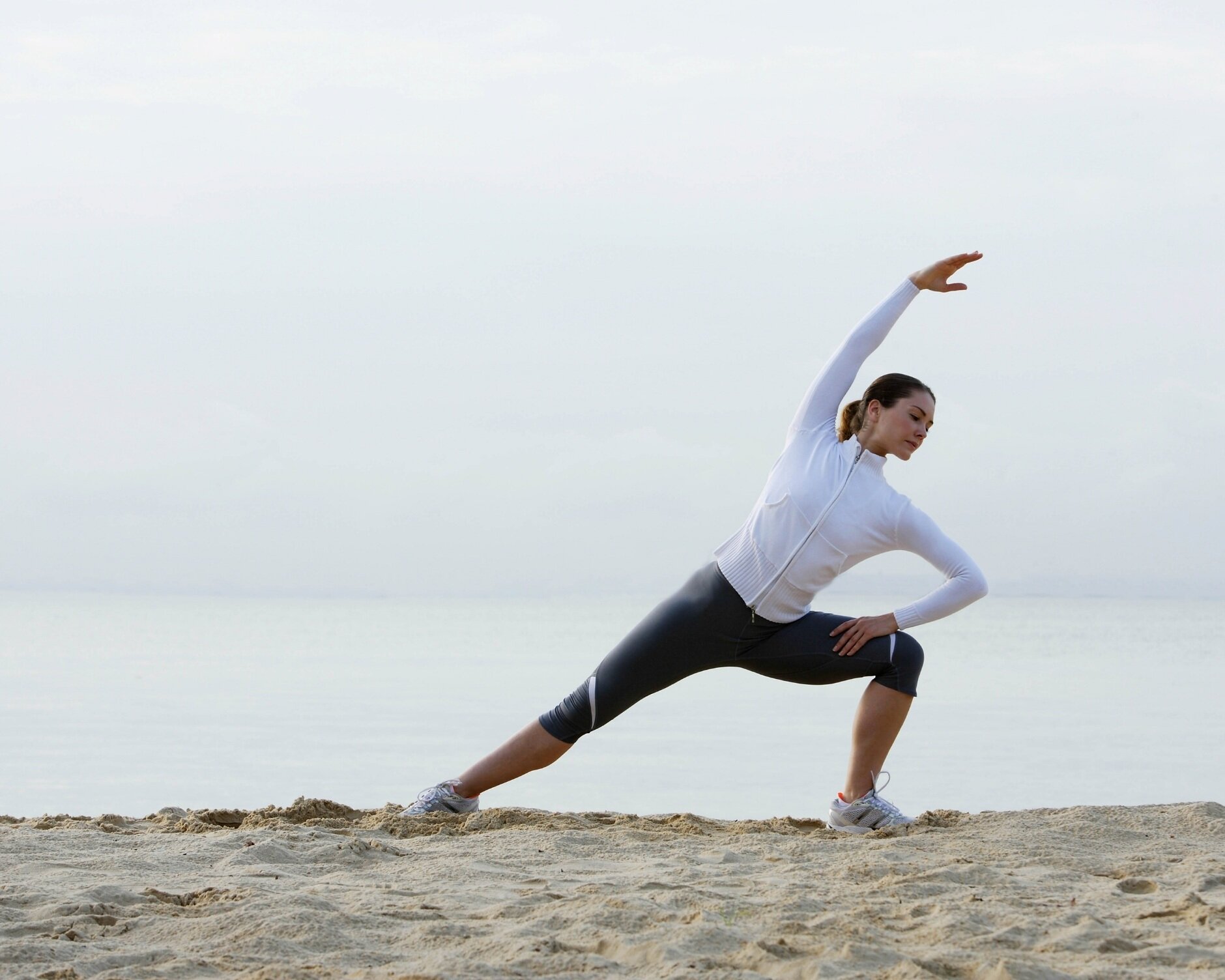
Some ideas may include painting, walking the dog, cooking, listening to a meditation, journaling, sitting outside in a rocking chair, talking with a friend, or even taking a catnap, as poor sleep is also known to worsen many menopausal symptoms.
Being intentional with your breath is something you can do anytime, anywhere. Use the 4-7-8 Breath Exercise created by Andrew Weil, MD, twice daily. There is a handy video with instructions on Dr. Weil’s website. The exercise is both beneficial and free!
Drink more water
This is often a good idea anyway, but if your joint pain is being exacerbated by dehydration, drinking more water can help. If you’re not a big fan of plain water, try adding a slice of lemon or cucumber or tossing in a few raspberries for a little added flavor.
Try integrative medicine
In addition to meditation (which you can do for free at home using an app or the Internet), consider trying some other holistic methods of healing your body aches.
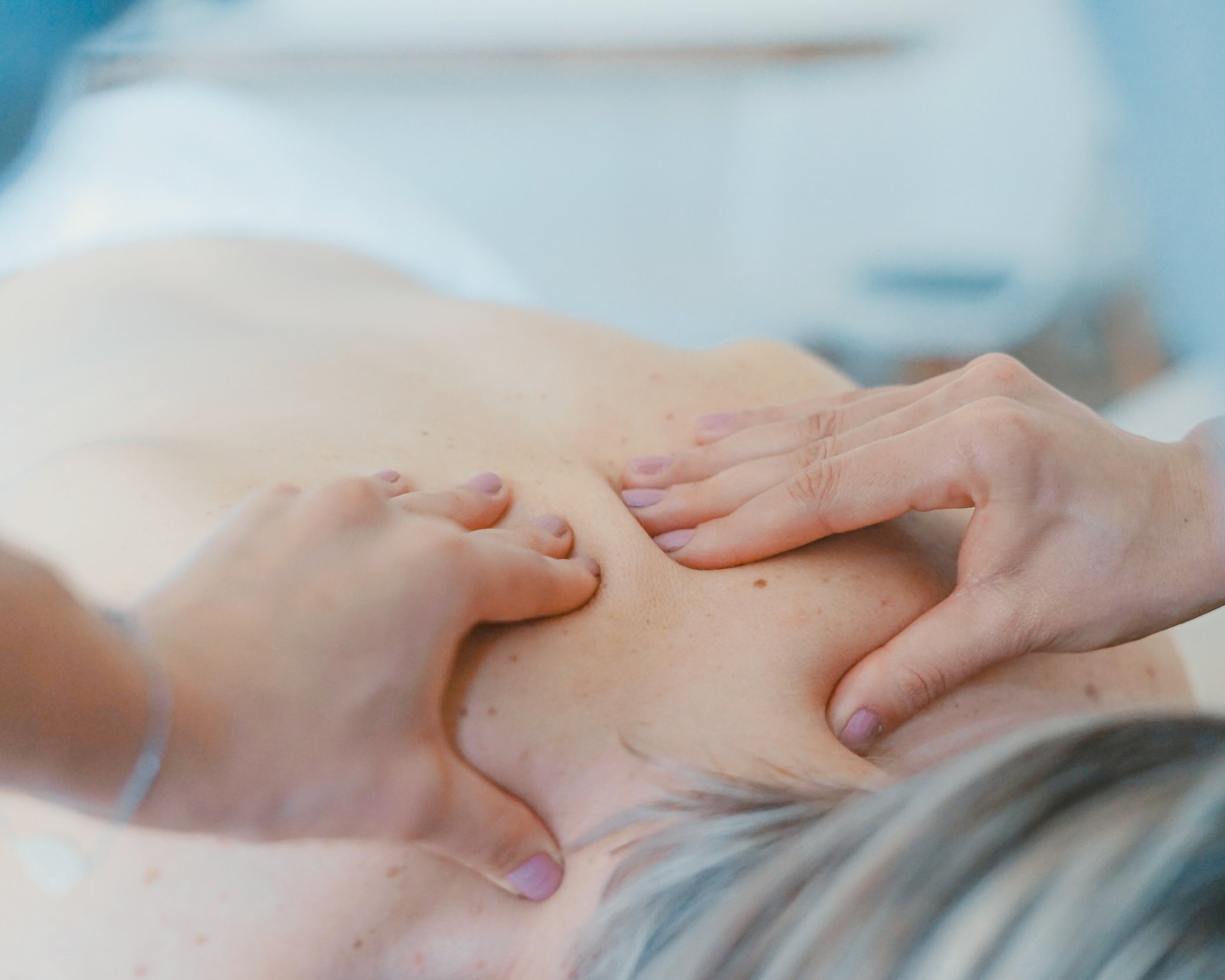
A massage can work wonders on sore joints, and you can tell the massage therapist exactly what aches and pains you’re struggling with. Acupuncture is another option and has been shown to be very therapeutic for many women. While there is no evidence that taking a bath with Epsom salts (magnesium) helps relieve sore muscles and achy joints, some people swear by it.
Consider supplements
Some women recommend using herbal supplements like Devil’s Claw to alleviate menopausal joint pain. Devil’s Claw is reported to have similar effects to steroids but without side effects. It contains a class of compounds called iridoid glycosides, which have antioxidant and anti-inflammatory properties. Taken in moderation, Devil’s Claw appears safe, but long-term safety has not been established, and side effects have been reported. It’s best to discuss any dietary supplement or herbal use with your healthcare provider before starting a new regimen. Also, before you start taking supplements, read up on supplement safety.
People also use CBD products to relieve pain associated with chronic conditions like joint pain and arthritis. Some animal studies show that CBD may help improve arthritis pain and may be a safe and useful treatment for osteoarthritis joint pain. The medical community’s current position is that the findings on CBD for joint pain are promising but needs more research. The FDA has not approved any use of CBD for the treatment of arthritis or joint pain.
According to the Arthritis Foundation, there are a few other supplements with evidence they may relieve arthritis. They include SAM-e, Boswellia Serrate (Indian Frankincense), Capsaicin (Capsicum Frutescens), Tumeric Curcumin (Curcuma Longa), Avocado-soybean Unsaponifiables (ASU), Cat’s Claw (Uncaria Tomentosa), Fish Oil (Omega-3 fatty acids EPA and DHA), Gamma Linolenic Acid (GLA), and Ginger (Zingiber Officinale). Supplement quality varies widely. To source high-quality supplements, find a good health food store in your area or work with an experienced integrative or functional medicine provider.
What about traditional medicine for joint pain?
Although over-the-counter anti-inflammatory medications and painkillers can help alleviate some achiness, they don’t address the underlying cause of your joint pain. They also shouldn’t be used frequently, as they come with potential side effects and health concerns, especially if overused. Prolonged use of non-steroidal anti-inflammatory drugs has the potential for gastrointestinal, renal, or cardiovascular toxicity.
If your joint pain isn’t touched by home remedies and alternative therapies, it’s best to discuss other options with your healthcare provider.
Does menopausal hormone therapy help joint pain?
Menopausal hormone therapy (MHT) – which helps to balance progesterone and estrogen hormone levels – is a commonly used treatment for many menopausal side effects, including hot flashes and night sweats. It may also reduce your risk for osteoporosis or the weakening of your bones.
MHT is also sometimes prescribed for women with particularly severe joint pain during menopause when no other treatment is working. Research shows that MHT can be effective in reducing symptoms of spinal osteoarthritis. However, there isn’t enough research as of yet to make MHT an appropriate recommendation for every woman who experiences joint pain in perimenopause and postmenopause.
If you’re suffering from joint pain during menopause, you’re not alone. There are many home remedies and alternative therapies available that you can try, many of which may alleviate other menopausal symptoms as well.
For more expert guidance on menopause and healthy aging, download Midday from the App Store or visit us at Midday.Health.
Dr. Melissa Young is board-certified in Internal Medicine and is a Certified Functional Medicine specialist through the Institute for Functional Medicine. She has completed a two-year Residential Integrative Medicine Fellowship with the Arizona Center for Integrative Medicine at the University of Arizona, Tucson, studying with Andrew Weil, a pioneer in the field of Integrative Medicine. Dr. Young practices Functional Medicine at the Center for Functional Medicine at Cleveland Clinic and specializes in women’s health.
Sign up for more unique women’s health content
By submitting this form, you agree to the Lisa Health Privacy Policy and Terms of Use
